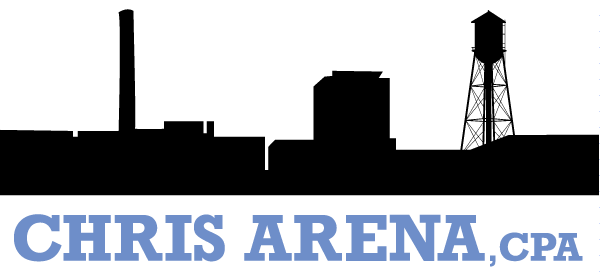The Tao of Taxes
/I once had a professor (now the dean of the Kenan-Flagler School of Business at UNC) describe taxes as “making the bad less bad, and the good less good”. He went a little further: “Uncle Sam is like a business partner,” he would say, “investing in you when you’re at the bottom, and expecting a return when you make it to the top.” Interesting thoughts; is this really how taxes work?
Yes, it is. There is a built in yin/yang mechanism in the US tax system because of our specific bracket structure, and the various credits and “phaseouts” that have been written into the code. The US Tax system is a progressive system, meaning that the more you make, the more you pay. Depending on how much you make, the amount you pay in Federal tax can be a rather high number, but never more than about 39.6% of your total income (as of 2014). It also means that we all pay the same rate on the same income – i.e., a person with taxable income of $50k is paying the same rate on that income as a millionaire pays on his first $50k in taxable income. The difference, of course, is that the millionaire has another $950k left to be taxed!
A lot of people in our country pay no tax, because after their personal exemption and standard deduction their taxable income may be $0. Even if their tax is more than $0, it often can be negated or turned into a refund through credits. These credits exist to reward (or invest) in those who work but earn very little income. Two of the most common tax credits include the Earned Income Tax Credit and the Child and Dependent Care Tax Credit, which both reward working people/parents with refundable tax credits if their earned income is below a certain level. These credits are meant to incentivize people to work and earn an honest living, encouraging them to build a resume and move up the tax brackets in due time.
So what is the return that Uncle Sam is expecting? In addition to higher tax brackets, as you earn more, more of your income will be subject to tax due to what’s known as “phase outs”. The term “phase out” describes when a tax benefit becomes unavailable or limited once a taxpayer earns more than a certain amount of income. Examples include Personal Exemptions and Itemized Deduction phase outs for high income taxpayers, as well as limitations on credits such as the Child Tax Credit and the credits mentioned above. These phase outs function to limit the amount of benefits that high income taxpayers have available to them, as we have decided as a society (i.e., codified in law through our elected officials) that once you earn so much money, you no longer need/deserve these benefits. Uncle Sam invested; now he’s collecting his return.
This is the intended operation of our Income Tax System, but currently many people are stuck in the “investment” stage, and many others skip it entirely. Class mobility is more difficult than it has ever been in the past, while the estate tax is the most generous it’s been since 1940. This means that those born into poverty tend to stay there, and those with wealthy parents can inherit a very large portion of their wealth.
Our economic and taxation systems were based on a large middle-class and an easy transition from lower-class to middle-class for those who work hard. Towards this end, a local project that I support is the Durham Living Wage Project, which encourages businesses to pay a wage that leads to a sustainable, economically feasible life for their employees. I am proud to have clients that are founding members of Durham Living Wage and I’m happy to live in a community that cares and patronizes businesses who do the right thing.
Have questions on credits or phase outs? Contact me to today to schedule your free consultation!

